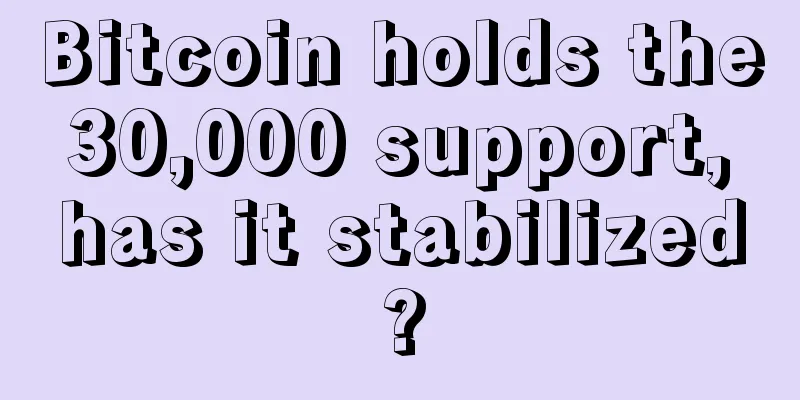SEC sues over bitcoin mining scam

|
The U.S. Securities and Exchange Commission (SEC) has accused two bitcoin “minting” companies and their founders of a $20 million Ponzi scheme that lured investors into paying for virtual currency to get rich quick. The complaint filed in the U.S. District Court for the District of Connecticut shows that the SEC sued GAW Miners LLC, ZenMiner LLC, and the founder of the two companies, Homero Garza, for civil fraud. Garza's lawyer, Marjorie Peerce, said in New York that he was disappointed that the SEC had sued him. Peerce said they would not make any further comments before the trial. Thomson Reuters reporters tried to find the specific locations of the two companies but were unsuccessful. The SEC's complaint stated that the specific method used by the 30-year-old Gaza to defraud was to claim that his company could use the so-called powerful computing power to "mint" virtual currency. Based on this, he sold investment contracts called "Hashlets", saying that as long as investors purchased these contracts, they could obtain the corresponding profits created from the minting. Unlike traditional currencies, Bitcoin is not issued by a central bank and is not backed by physical assets such as gold. Instead, it is "minted" by users using computers to calculate increasingly complex mathematical equations. When a user solves an equation, the Bitcoin system rewards him with a certain number of Bitcoins. As time goes by, more and more Bitcoins are minted, and the equations become more and more complex, requiring more powerful computers to solve them. Scammers keep up with the times and are eyeing trendy new trends Garza currently lives in Brattleboro, Vermont, and his company is located in Bloomfield, Connecticut. The SEC pointed out that they did not actually have enough computing power to mint virtual currency, in other words, the contracts they sold could not deliver on their promises. In other words, investors in the Hashlets contract are actually paying for computing power that does not exist. In addition, Gaza will use the funds obtained from some investors as profits to return to other investors. Between August and December 2014, Garza and his two companies sold contracts worth $20 million to more than 10,000 investors. Most of the investors bought Hashlets through shopping websites. “Almost no one made money, and in fact, most Hashlets never even got their principal back,” the CSRC noted. They want to be able to return the profits these companies made from their frauds to investors and punish them. |
<<: What is Axlacor's new blockchain technology breakthrough?
>>: Bitcoin mining firm defrauds $20 million in Ponzi scheme
Recommend
PayPal's daily Bitcoin transaction volume exceeds $100 million
According to PayPal's provider itBit, PayPal&...
The fate of a person with a bump on the bridge of the nose. Do people with a bump on the bridge of the nose have good personalities?
A person's nose is very important in physiogn...
Judging the fortune from the chest
Judging the fortune from the chest 1. People with...
How to explain where the mole on a woman's short life is
A person has the most moles on his body, and diff...
Does a mole on a woman’s nose mean she has a bad relationship with her husband?
Traditional physiognomy covers a wide range, among...
How to predict your fortune by looking at your neck
1. Neck length The length of the neck in physiogn...
Detailed explanation of the migration palace, where does the migration palace refer to in physiognomy and what is its significance
The migration palace in physiognomy is also calle...
See your life through the wrist line
The wrist line is located at the junction of the ...
See if you have the potential to succeed by looking at your eyes
The eyes are the sun and moon of the human body, ...
Five lines on palmistry to analyze his fortune
Five lines on palmistry to analyze his fortune A ...
Is it better to trade in cryptocurrencies or mine? Is it too late to mine now? An old miner tells you
From 2009 to date, the total increase of Bitcoin ...
What is the fate of a woman with round and short eyes?
What kind of destiny is predicted by physiognomy?...
Bitcoin Cash Conversion App Abra Raises $12 Million Series A
Abra, a startup developing a bitcoin remittance a...
Is it good for a woman to have a mole on the tip of her nose?
The tip of the nose is what people call the nose ...
Martin Shkreli, a shady pharmaceutical tycoon, may have been defrauded of $15 million in Bitcoin
Notorious black-hearted pharmaceutical tycoon Mar...









